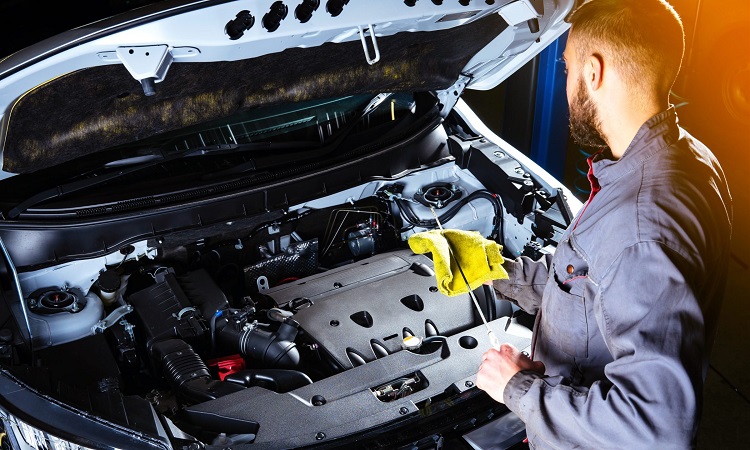Proper car maintenance is crucial for ensuring the longevity and reliability of your vehicle. By following a routine maintenance schedule and understanding the basics of car care, you can keep your car running smoothly, avoid breakdowns, and save money on costly repairs. In this guide, we’ll explore car maintenance 101, providing essential tips to keep your vehicle in top shape.
Regular Oil Changes
Changing your car’s oil at regular intervals is vital for engine health. Engine oil lubricates moving parts, reduces friction, and helps dissipate heat. Check your vehicle’s owner’s manual for the recommended oil change interval, and use the right oil for your engine. For more in-depth insights into car maintenance, oil selection, and a comprehensive understanding of automotive care, you can explore Arospeed.
Tire Care: Proper Inflation and Rotation
Correct tire pressure is essential for safety, fuel efficiency, and longevity. Check your tire pressure regularly and inflate them to the recommended levels. Rotate your tires at the manufacturer’s recommended intervals to ensure even wear.
Brake Inspections: Safety First
Brakes are a critical safety component. Inspect your brake pads and rotors regularly for wear and tear. Squeaking or squealing noises when braking can indicate the need for new brake pads. Promptly address any braking issues to ensure your safety on the road.
Fluid Levels: Check and Top Up
Regularly check and top up your car’s vital fluids, including coolant, transmission fluid, brake fluid, and power steering fluid. Low or contaminated fluids can lead to engine damage and component failure.
Air Filter Replacement: Breathe Easier
A clean air filter allows your engine to breathe efficiently. Over time, air filters become clogged with dirt and debris, hindering engine performance. Replace the air filter at the recommended intervals to maintain optimal fuel efficiency and engine power.
Battery Maintenance: Stay Charged
Inspect your car’s battery terminals for corrosion and ensure they are securely connected. A weak or dying battery can leave you stranded. If your battery is over a few years old, consider having it tested and replaced if necessary.
Belts and Hoses: Inspect and Replace as Needed
Belts and hoses play a crucial role in your car’s engine operation. Inspect them for signs of wear, such as cracks or fraying. Replacing these components proactively can prevent engine damage and breakdowns.
Lights and Signals: Stay Visible
Regularly check all your vehicle’s lights and signals, including headlights, taillights, turn signals, and brake lights. Burnt-out bulbs should be replaced promptly to ensure visibility and safety.
Wiper Blades: Clear Vision in All Weather
Worn-out wiper blades can compromise visibility during rain, snow, or sleet. Replace your wiper blades at least once a year or sooner if they leave streaks or fail to clear the windshield effectively.
Professional Inspections: Get Regular Check-Ups
Even if you’re diligent with DIY maintenance, it’s essential to schedule regular professional inspections. Certified mechanics can identify issues you might miss and perform in-depth checks to keep your car in shape.
Conclusion
Car Maintenance 101 is about taking proactive steps to ensure your vehicle remains reliable, safe, and efficient. By following these essential tips, you can confidently drive, knowing your car is in excellent condition. Regular maintenance not only extends the life of your vehicle but also prevents costly repairs down the road, making it a smart investment in your car’s longevity and safety on the road.

